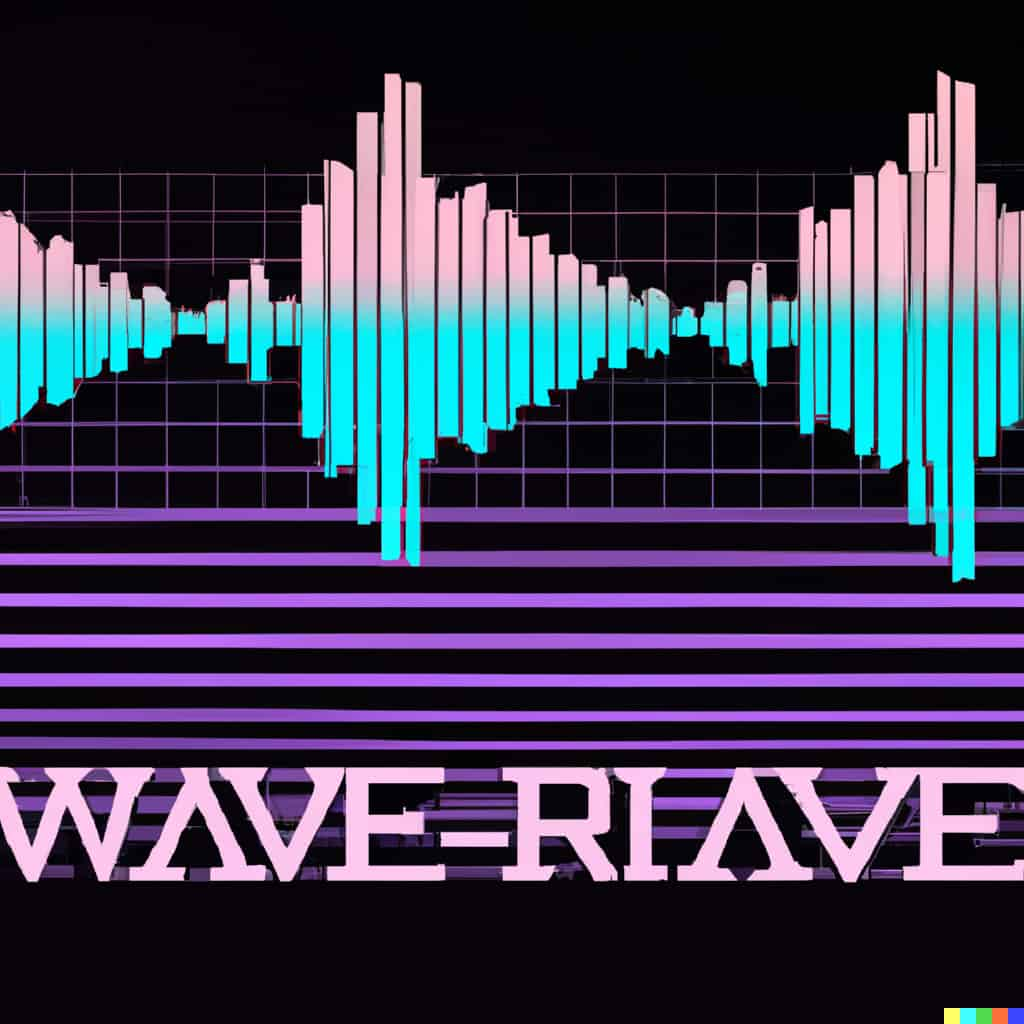
Understanding the Different Audio Formats: WAV, MP3, and More
There are various audio formats available, each with its unique characteristics and uses. Knowing the differences between these formats is crucial for anyone working with audio, from music producers to audiophiles. In this article, we'll explore the most popular audio formats, including WAV, MP3, and others, and provide an understanding of their strengths and weaknesses.

1. WAV
WAV (Waveform Audio File Format) is an uncompressed, lossless audio format developed by Microsoft and IBM. It's the default format for many audio applications, especially on Windows systems. WAV files offer the highest audio quality but come with a significant downside: large file sizes. WAV is best suited for professional audio production and archiving.
2. MP3
MP3 (MPEG-1 Audio Layer 3) is a widely-used, compressed audio format that sacrifices some audio quality for significantly smaller file sizes. This format is perfect for music distribution and streaming, as it balances quality and file size to allow for fast downloads and streaming. MP3 is widely supported by devices and software and is best suited for music distribution and streaming.
3. AAC
AAC (Advanced Audio Codec) is another compressed, lossy audio format, often used as an alternative to MP3. AAC provides better audio quality at the same or lower bitrates, making it an excellent choice for streaming services and portable devices. AAC is commonly used in Apple devices and streaming services and is best suited for streaming and portable devices.
4. FLAC
FLAC (Free Lossless Audio Codec) is a popular lossless audio format, offering CD-quality audio without any compression artifacts. FLAC files are much smaller than WAV files, making them a great choice for audiophiles who want high-quality audio without the large file sizes of WAV. However, FLAC is not as widely supported as WAV or MP3. FLAC is best suited for audiophiles and high-quality audio distribution.
5. OGG
OGG (Ogg Vorbis) is an open-source, compressed audio format that offers a good balance between audio quality and file size. OGG is often used in video games and streaming platforms, thanks to its royalty-free licensing. OGG is best suited for video games and streaming platforms.

Key Features of Audio Formats:
- WAV: Lossless audio quality, large file sizes, compatible with most devices and software
- MP3: Lossy compression, small file sizes, widely supported by devices and software
- AAC: Lossy compression, better audio quality than MP3 at the same bitrate, commonly used in Apple devices and streaming services
- FLAC: Lossless audio quality, smaller file sizes than WAV, not as widely supported as WAV or MP3
- OGG: Lossy compression, good audio quality and file size balance, open-source and royalty-free
In conclusion, understanding the differences between audio formats is essential for choosing the best format for your specific needs. Whether you're a music producer, an audiophile, or someone who wants to distribute or stream audio, knowing the strengths and weaknesses of WAV, MP3, AAC, FLAC, and OGG will help you make informed decisions and ensure the best audio experience.
Want more great audio tips? Checkout other articles from our blog!